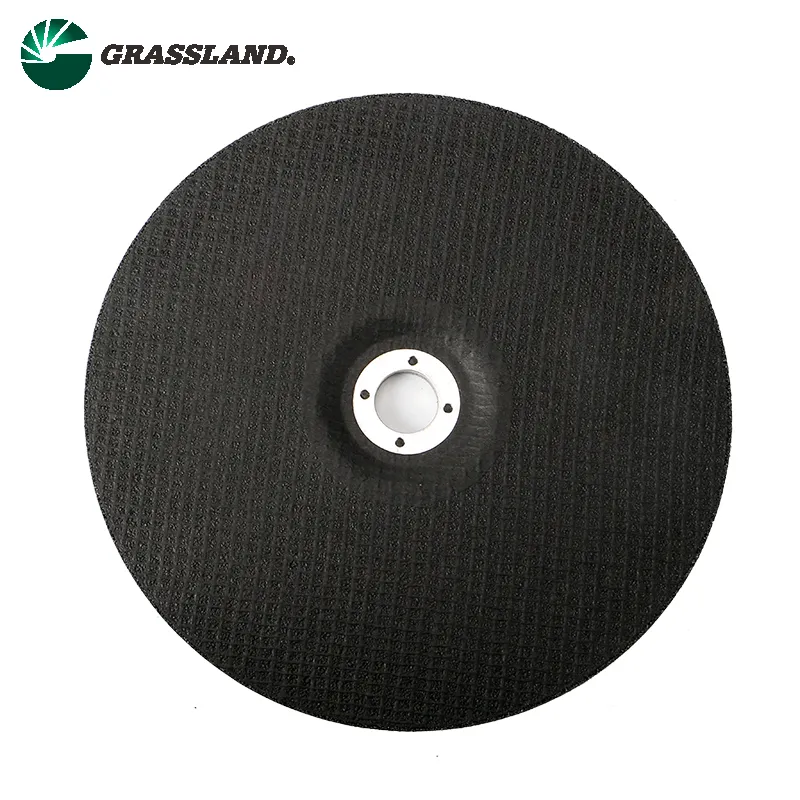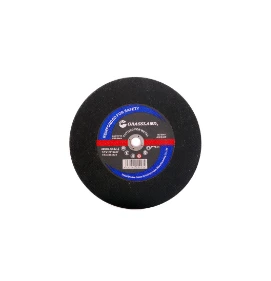

The selection process for cutting wheels should take into account the specific materials and tools being used. One crucial consideration is the wheel's size and thickness, which can affect both the depth and speed of the cut. Larger wheels allow for deeper cuts, while thinner wheels can provide more precise cuts but might sacrifice durability. Moreover, the choice between flat and depressed center wheels depends on the angle of approach required for the cutting task. Flat cutting wheels are ideal for straight cuts, while depressed center wheels provide better control during angle grinding operations. Safety is another critical factor when using cutting wheels. Ensuring that the wheel is compatible with the tool's maximum RPM is crucial to prevent accidents. Users should also wear appropriate safety gear, including eye protection and gloves, to safeguard against the hazards posed by flying debris and sparks. Furthermore, adherence to manufacturer guidelines for storage and maintenance extends the lifespan of cutting wheels. Keeping them in a clean, dry environment prevents moisture absorption, which can weaken the bond and lead to premature failure. Regularly inspecting wheels for any cracks or damage before use can mitigate potential safety risks. In summary, the type of cutting wheel selected can significantly impact the efficacy and safety of cutting tasks. From bonded abrasives for general metal cutting to diamond wheels for precision on hard materials, and ceramic wheels offering an innovative, versatile alternative, each type provides distinct advantages. Selecting the right cutting wheel will not only enhance the quality of work but also ensure a safe and efficient operation. With careful consideration and routine maintenance, cutting wheels prove to be invaluable assets in any toolkit.
Post time:Jan - 11 - 2025

















